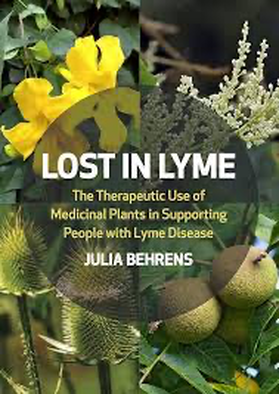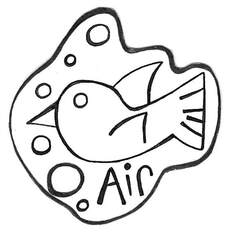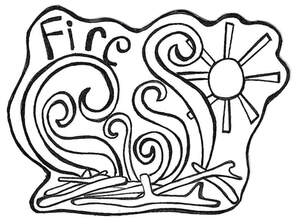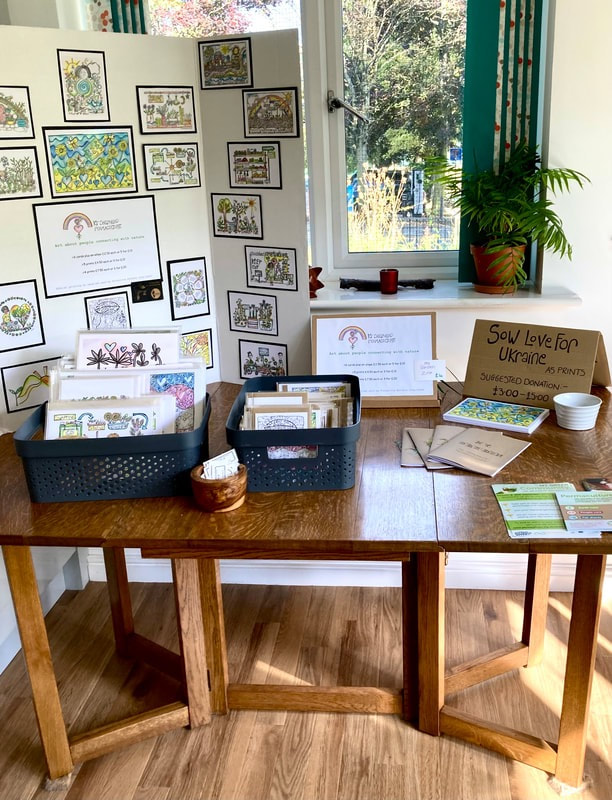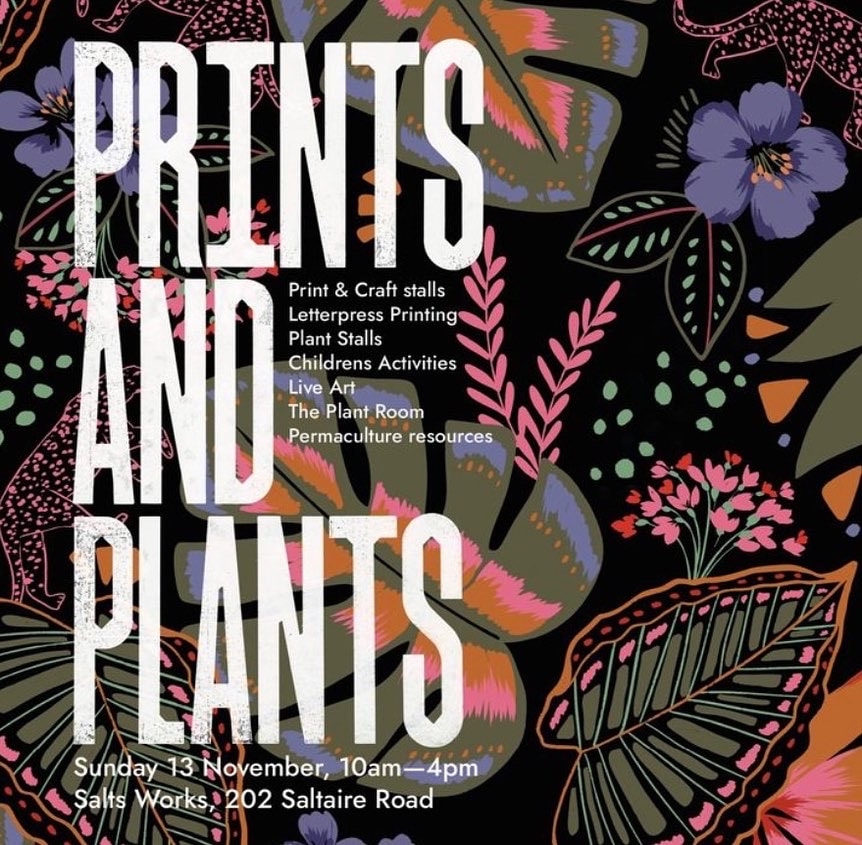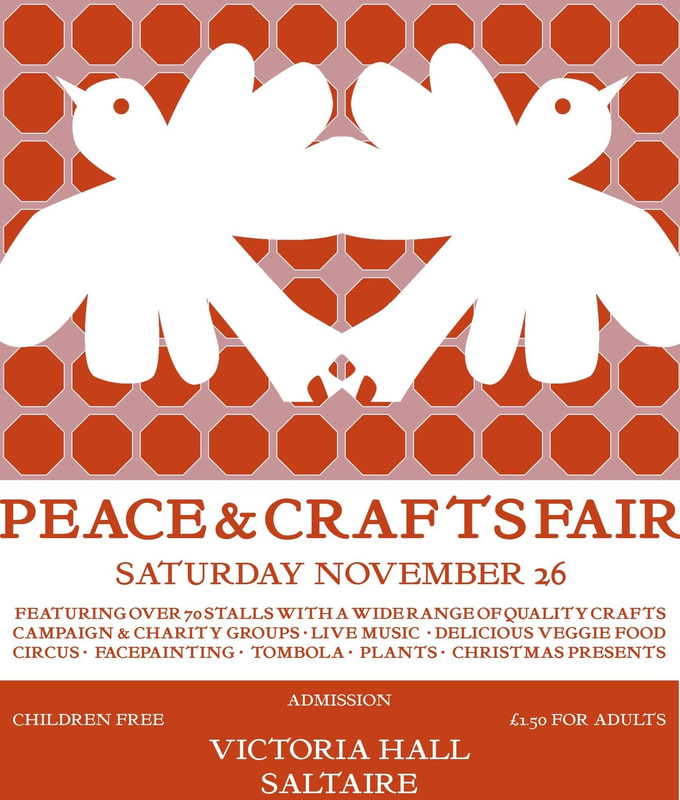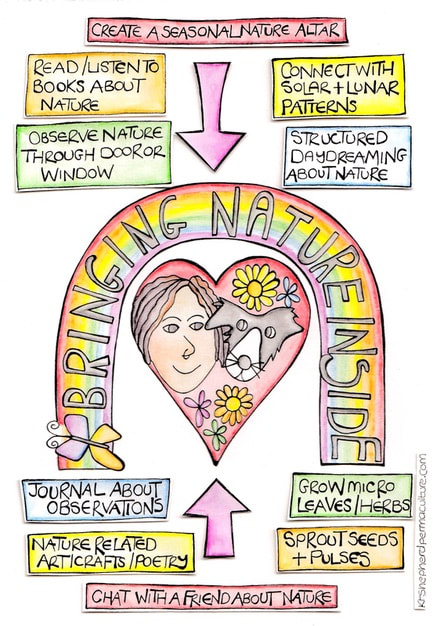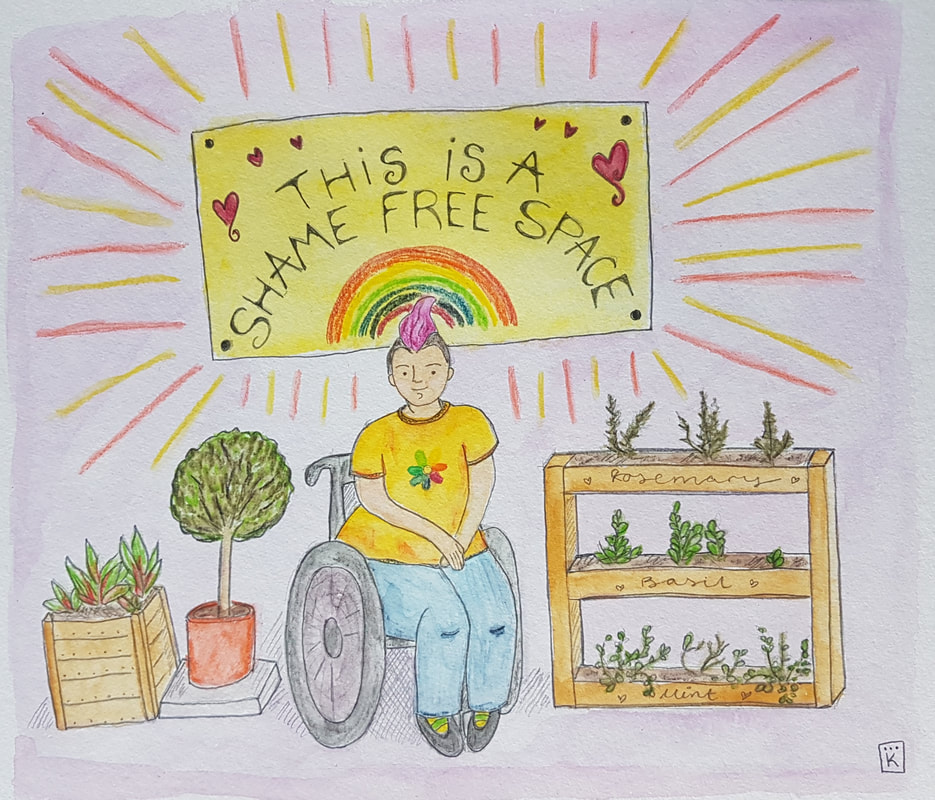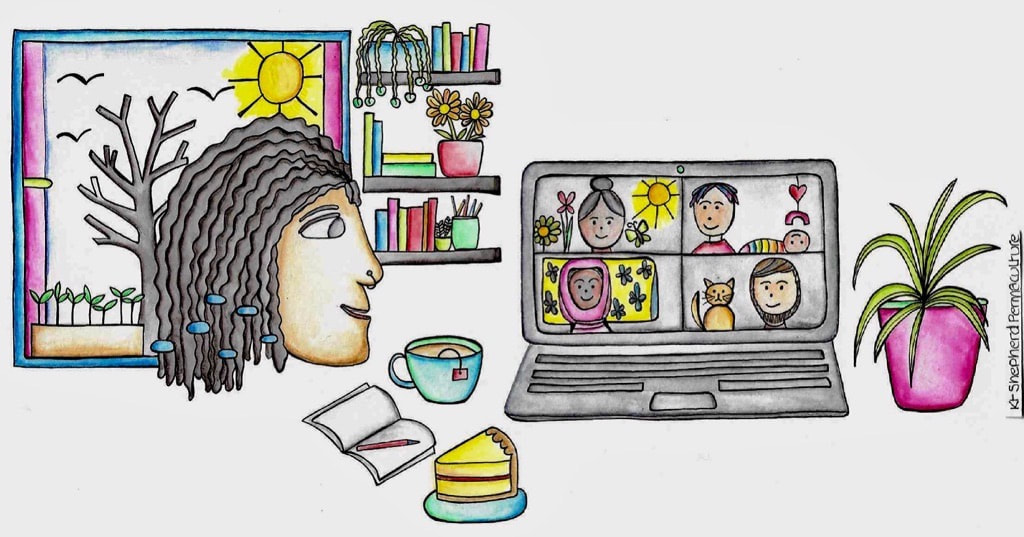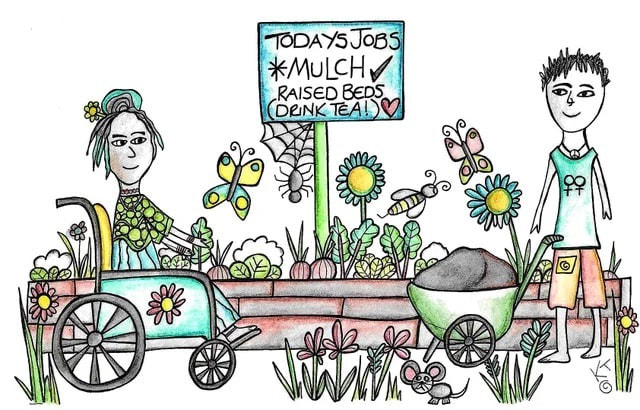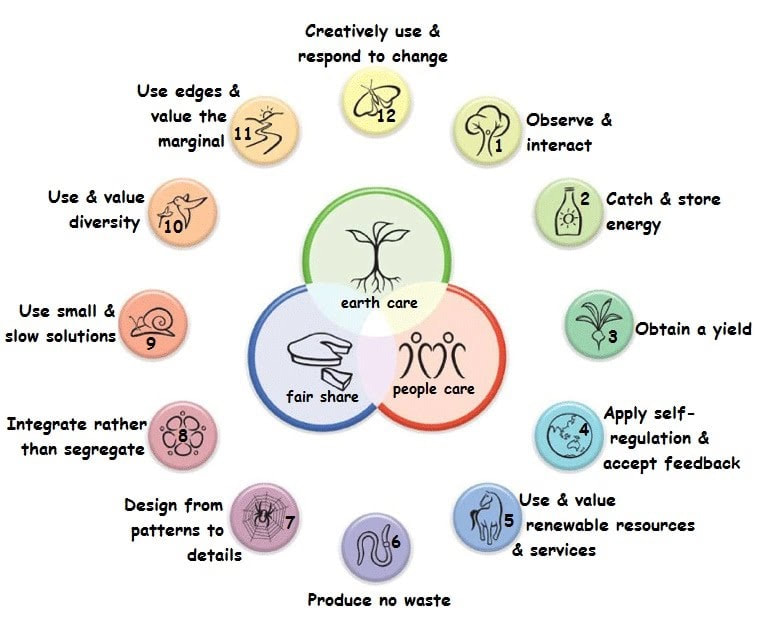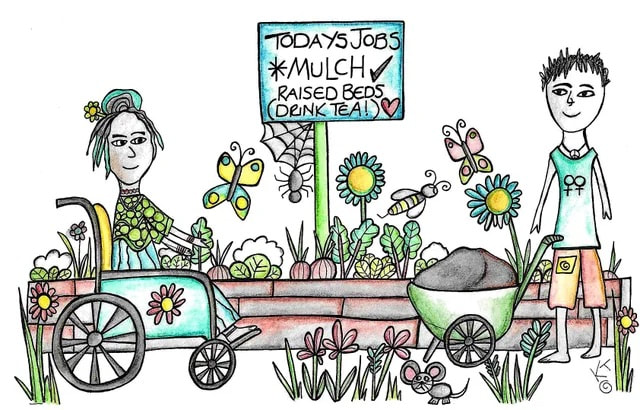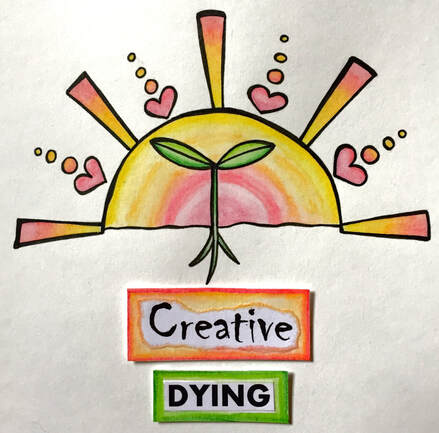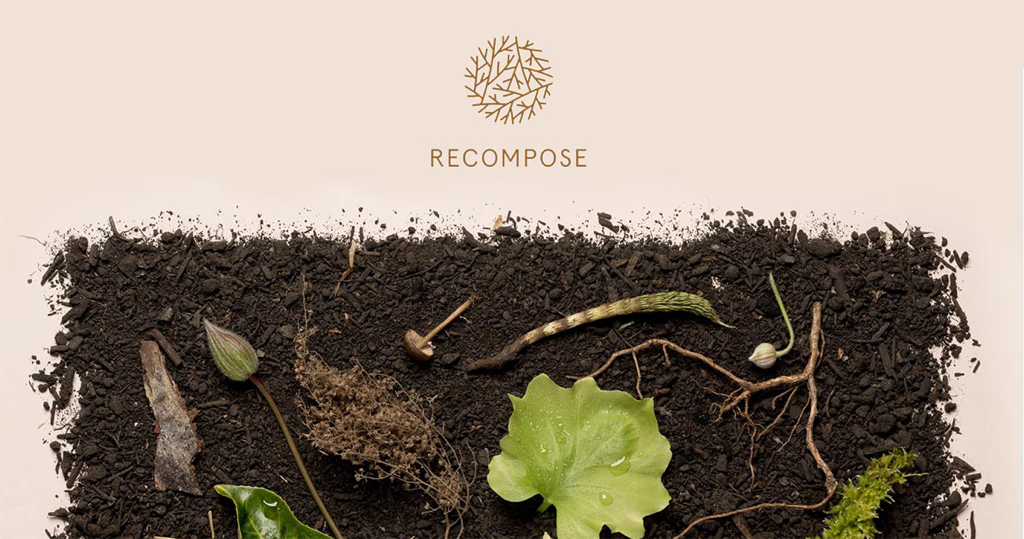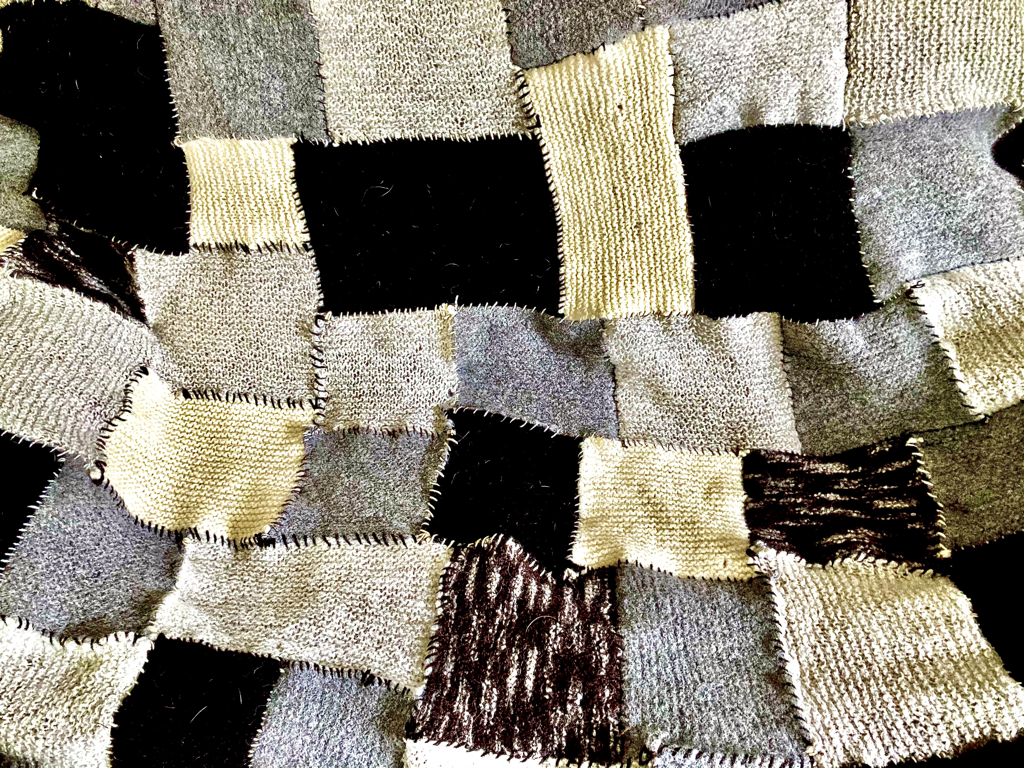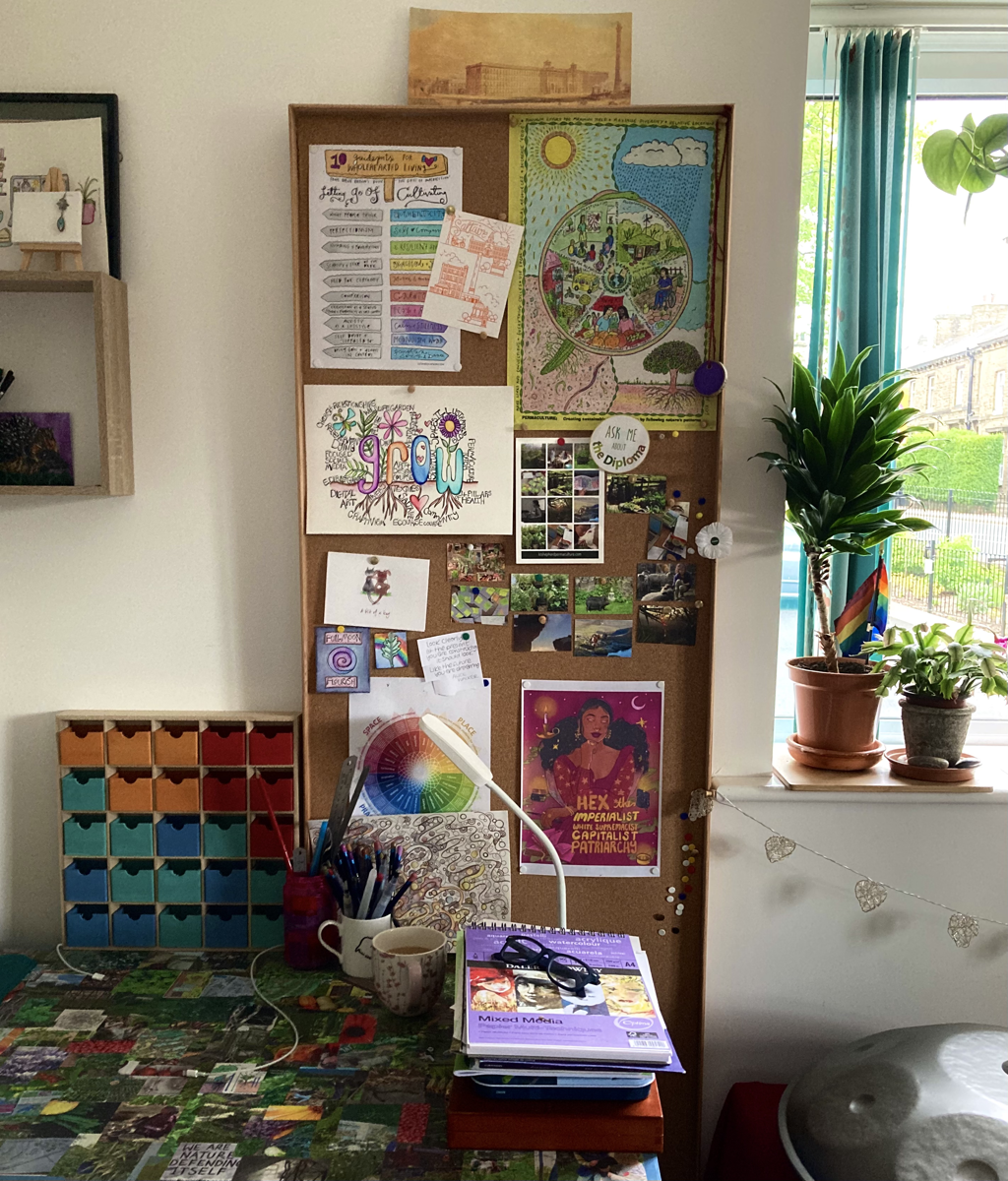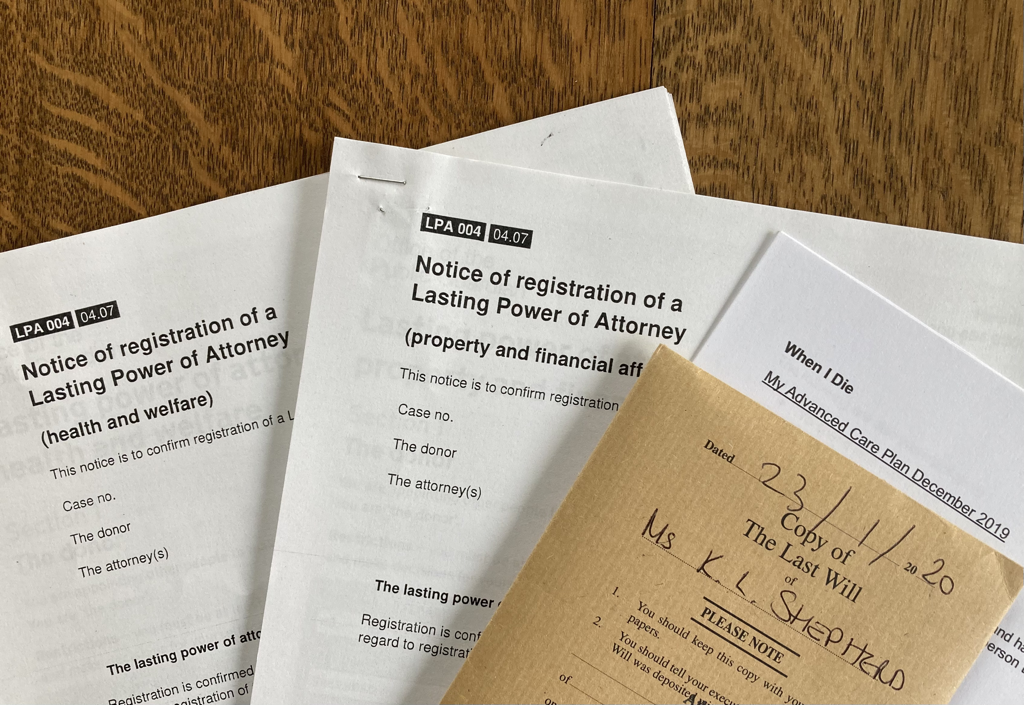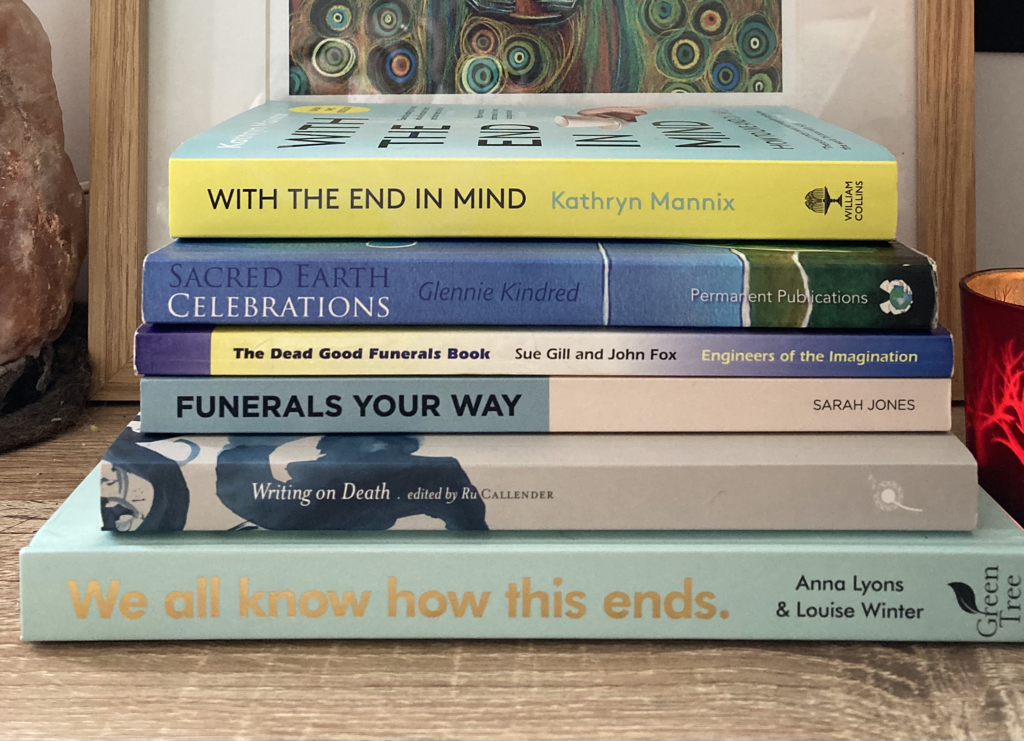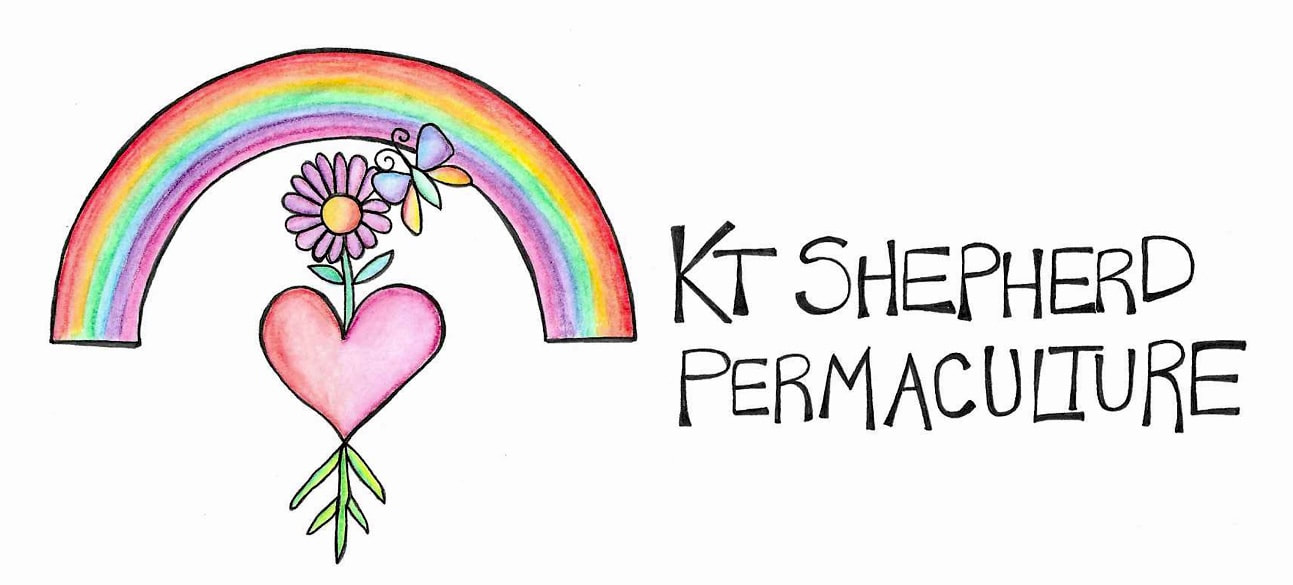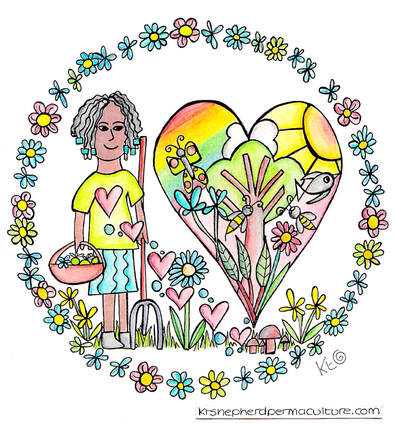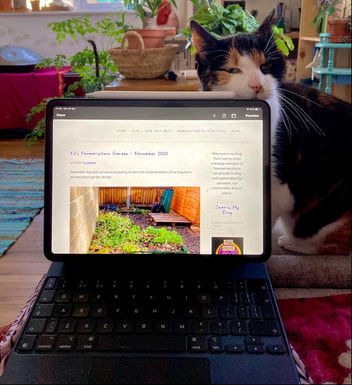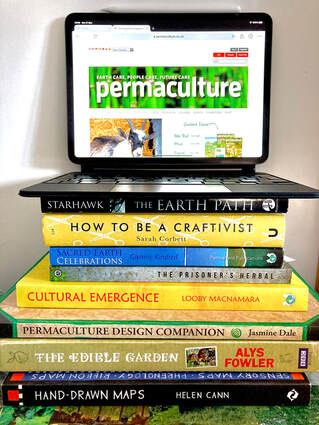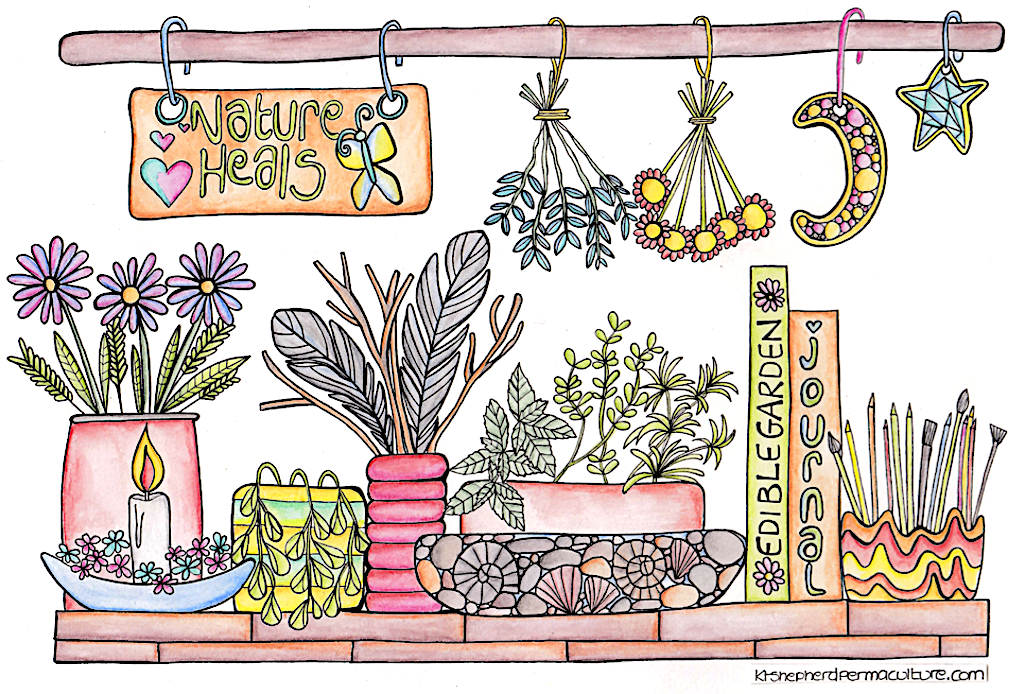Book ReviewLyme disease - Borrelia burgdorferi , is a disease transmitted to humans by infected ticks and found throughout all areas of the UK now in woodlands, fields, parks and gardens. It remains poorly understood by public health systems at a time when the number of people being infected with this multi system illness is rapidly increasing. Patients and practitioners have found it difficult to obtain reliable and effective information, test results and treatment. ‘Lost In Lyme’ sets out to address these challenges and is a welcome accessible tool to inform and empower both people living with Lyme and the health care practitioners treating and supporting them.
‘Lost In Lyme’ by extensively experienced medical herbalist Julia Behrens and chef and nutritionalist Daphne Lambert, is a new, well researched and super accessible resource and practical tool kit. Its format is clearly laid out chapters with short blocks of clear text, photos, diagrams, tables and illustrations which is a big help to those of us with foggy brains, one of the most common long term symptoms of Lyme. Behrens and Lambert’s work includes chapters on; An in-depth introduction to the disease, diagnosing and testing, medical and herbal treatments, (including using herbal treatments to support the use of lengthy courses of antibiotics treatments), plant profiles of herbal treatments, nutrition and recipes, growing herbal treatments in pots and gardens and self care. Included in the self care chapter is Julia Behren’s inspired holistic model, STEPS ( Social, Time, Emotional, Physical, Self), a tool about self awareness of concerns, needs and strengths in living with long term Lyme Disease. As I enter into my seventh year of living with a chronic Lyme Disease diagnosis I am once again incredible grateful for the recovery improvements I’ve made since the early long years of some hugely debilitating symptoms. I continue to experience some long term disabling Lyme related issues though and ‘Lost in Lyme’ is presenting me with new and easily applicable ways to start exploring different ideas for improving some of these
0 Comments
I’m excited to be facilitating a series of 11 workshops throughout 2023, about how to use permaculture design in everyday life situations and events. The 2 hour monthly workshops are taking place at my brilliant neighbours, Salts Works in Saltaire, Bradford. Through relaxed information sharing, creativity and informal discussion, these workshops will enable participants to explore how permaculture can be used to navigate everyday life in ways that connect with our values. Each workshop focuses on a different topic and is created to be enjoyed as a stand alone event or as part of the year long series. Access Places are limited to 10 per booking. Salts Works is accessible for people using mobility aids, including wheelchairs. This includes an accessible toilet. There is also an accessible garden for anyone who needs a break from being indoors. COVID 19 Please feel free to wear a face covering/mask in the workshop, if this gives you the confidence to participate. People are asked not to attend if they have any symptoms of a new bug or virus. Cancellations for a full refund are available until 24 hours before the event. Also Each workshop costs £20. The price include hot/cold drinks, vegan & gluten-free sweet goodies and a takeaway mini zine about the main themes of the workshop. The Workshops - Details & BookingEveryday Permaculture - An Introduction
Saturday 18th February 10.00 - 12.00 Everyday Permaculture - Edible Gardening Saturday 18th March 10.00 - 12.00 Everyday Permaculture - Health & Wellbeing Saturday 15th April 10.00 - 12.00 Everyday Permaculture - Wildlife Spaces Saturday 20th May 10.00 - 12.00 Everyday Permaculture - Climate Actions Saturday 17th June 10.00 - 12.00 Everyday Permaculture - Designing Events Saturday 15th July 10.00 - 12.00 Everyday Permaculture - Right Livelihoods Saturday 19th August 10.00 - 12.00 Everyday Permaculture - Caring For Others Saturday 15th September 10.00 - 12.00 Everyday Permaculture - Death, Dying & Bereavement Saturday 21st October 10.00 - 12.00 Everyday Permaculture - Winter Festivals Planning Saturday 18th November 10.00 - 12.00 Everyday Permaculture - Designing 2024 Saturday 16th December 10.00 - 12.00 Please feel free to email me if you have any questions about these workshops Earth, Air, Fire, Water & Spirit - |
Welcome to my blog. Here I aim to share everyday examples of how permaculture can provide healing and regeneration for ourselves, our communities and our planet.
Search My BlogSign up for my monthly newsletter, Full Moon Flourish. Here I will be sharing updates about my creative permaculture projects, plus links to inspiring work from other women in permaculture.
Archives
May 2024
Categories
All
|
